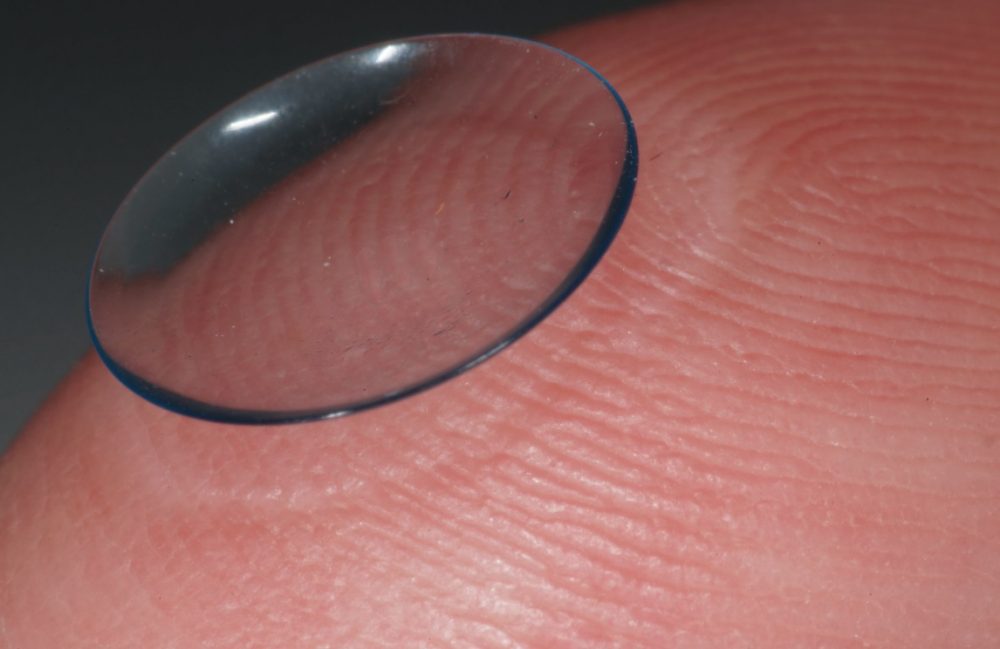As a cousin to virtual reality, augmented reality is often underrepresented and understated. As a future technology, however, the arrival of cheaper and more accessible AR will fundamentally reshape many industries, while also offering a range of advantages in real life. With researchers figuring out how to print AR contact lenses, the future could be more streamlined than we ever thought. So how, if this generation of AR comes to fruition, could it change your life?
Featured Image VIA
The New Technology
This new step forward in AR comes from South Korean researchers who have found a way to print 3D micropatterns without the need for any kind of voltage. Led by Professor Lim-Doo Jeong’s team at the Ulsan National Institute of Science and Technology and Dr Seol Seung-Kwon’s Smart 3D Printing Research Team at the Korea Electrotechnology Research Institute, this system could condense former headsets into simple contact lenses. Such implementation would vastly improve the field of view, and decrease the clunkiness of existing solutions.
Real Life Uses
For the simplest implementation of contact lens tech, it could be used as a way to simply remove screens in any common day-to-day use. For example, playing UK online blackjack is already possible on practically every device capable of internet browsing such as mobiles, desktops, laptops, and tablets. With contact lenses, titles like All Bets Blackjack would simply offer a display closer to the player’s eyes. Even better, titles like Blackjack First Person would be even more realistic if played this way, though the realism might take some getting used to.
The same could be said for the streaming of TV and movies with services like Amazon Prime Video and BritBox. With contact lenses, streaming would completely bypass the need for a television, though the individualist nature of these systems would make them a less-than-perfect fit for shared experiences. Taking the idea of AR a step further, lenses might also be used to superimpose sports into local environments, letting you watch a football match play out right on your coffee table, for example.
Outside of entertainment, the potential for such powerful systems as tools is also immense. Navigation could be one of the most useful options here, as these could implement overlaid directions and traffic conditions from real-time data to guide a user on the most efficient route. In theory, they could even bypass the need for headlights, with the ability to translate infrared projections into the visible spectrum, though the usefulness of this particular feature might be in question.
Image VIA
Working Out The Bumps
As great as all these hypothetical and possible distant uses of this technology could be, there are challenges that place them firmly in the realm of science fiction, for now. For one thing, AR requires an immense amount of processing, which means no matter how advanced lenses are, they would need to be connected in some way to a computer. This would increase their footprint, and make them less mobile than they initially seem.
On top of this, there are difficulties in maintaining frame rates and focus while also not harming users’ eyes. As anyone who wears contacts daily can tell you, eye strain and drying out can be a real problem, and combined with the headaches and focus issues caused by existing AR systems, the problem could become more pronounced.
In other words, what we’re seeing now could be the logical end-point of augmented reality, but even if it does prove possible, it’s some time away from being made real. Of course, we once said the same thing about personal computers and VR headsets, so there’s no telling what the technological landscape will look like a few decades from now.
















